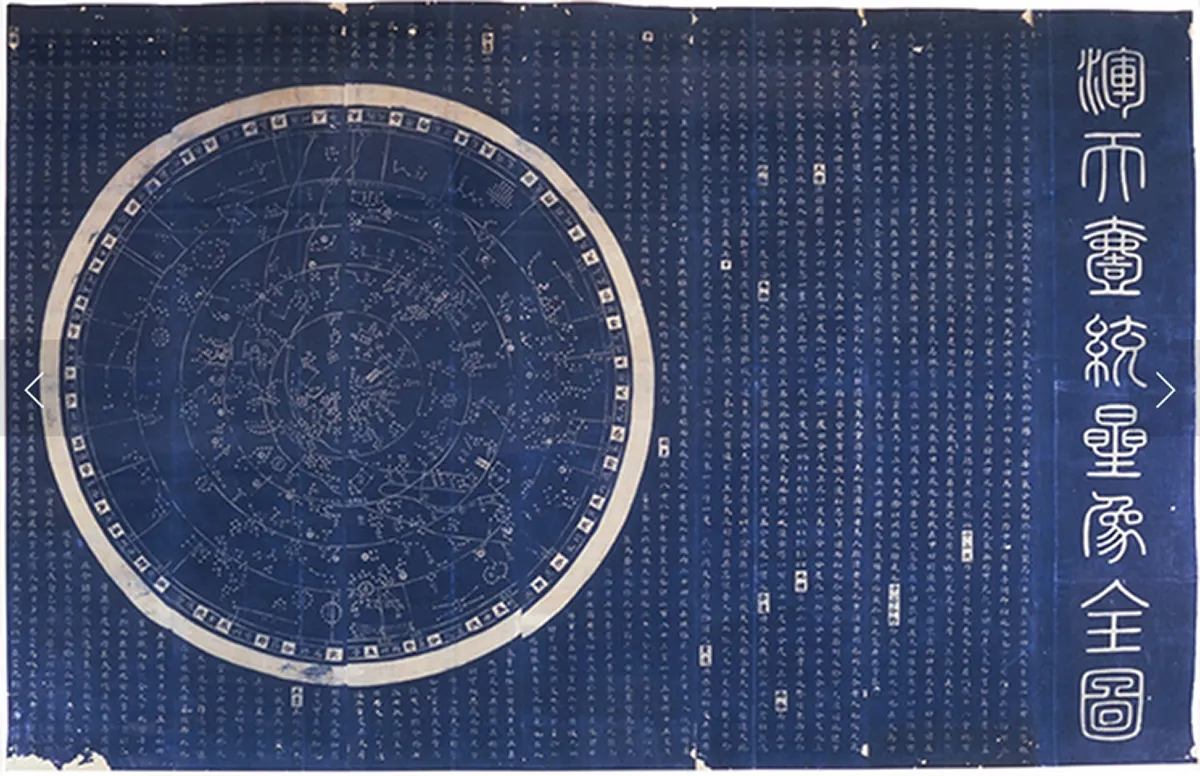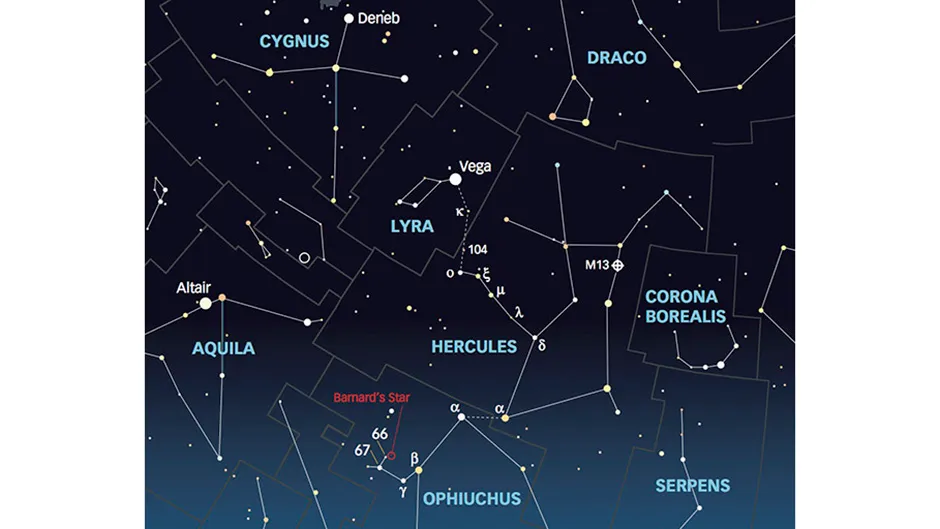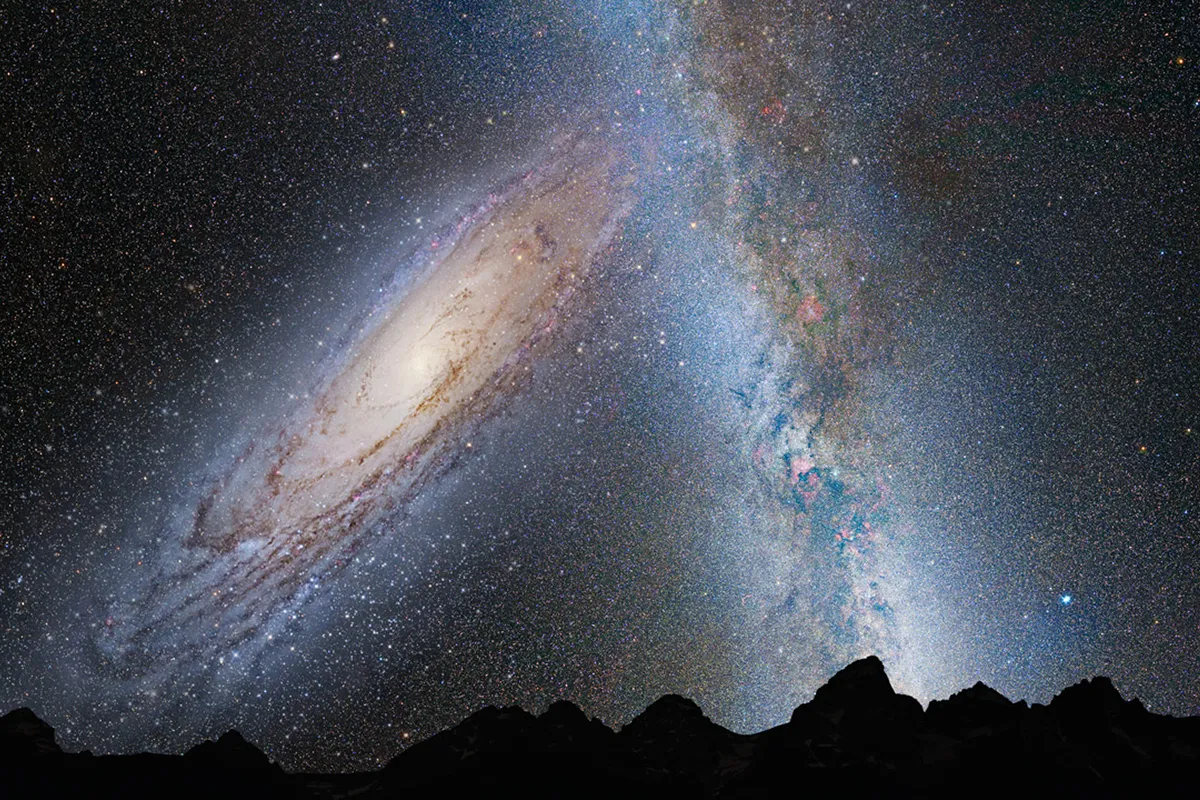The constellations that we know and love - Orion, Taurus, Gemini, Sagittarius - won't be around forever, they'll move and change over time, as they have done before.
I'm fascinated by the subject of archaeoastronomy, the study of astronomy by ancient cultures.
There is something magical about looking at the stars in the knowledge that our ancestors looked at the same view, serene and unchanging.
Virtually every culture through history has been fascinated by the night sky.
These ancient astronomers have drawn pictures, made monuments and catalogued what is out there.

A history of understanding the night sky
The first star catalogues on record were produced by Chinese astronomers around 2300 BC, with Babylonians making the first almanacs as early as 750 BC.
By observing the Universe, they hoped to predict what was going to happen in the future.
In many ways the Universe appears to be static and unchanging – constellations named by the Greeks are still with us today – but there were a few clues that pointed towards things not being as inert as they appeared.
On a local level it was the movement of the Solar System’s planets through the night sky that provided some of the first evidence that our planet Earth was not at the centre of the Universe as we thought.
With Newton’s discovery of gravity in 1665 we entered the era of the clockwork Universe, with gravity as the glue that keeps it running predictably.
Now, with knowledge of a few parameters, the handle of the clockwork Universe could be wound both forwards and backwards to predict the future and look into the past, revealing the dynamic nature of the Universe.
How the stars change over time

We discovered that depending on your time and distance scale the Universe can seem very changeable, and that we can actually detect the movement of some stars just by looking with a telescope.
Barnard’s Star in the constellation of Ophiuchus is the second-closest star to us after Alpha Centauri.
It’s a dim 10th-magnitude star not visible with the naked eye, but by recording its positions over the months and years we can see it moving relative to the background stars.
This is called proper motion and is defined as a gradual change in the position of a star or other object on the celestial sphere, which is the result of the object’s intrinsic motion through space rather than its apparent motion as observed from Earth.
Given enough time we could detect the proper motion of all the stars. And because of proper motion the constellations will, given time, move and change so the patterns are unrecognisable.
We can use the clockwork Universe to predict an event that will change our night skies forever.

In around four billion years our Galaxy, the Milky Way, will collide with the Andromeda Galaxy in an event known as the Andromeda-Milky Way collision.
Although it is unlikely that the stars will collide with each other the event will be spectacular: the two galaxies will merge to form a huge elliptical galaxy.
When this happens the view of stars from Earth will change utterly. The constellations viewed by our ancestors may be safe for now, but in the distant future things will be very different.
Find out which constellations are visible throughout the year with our guide to circumpolar constellations.
This article originally appeared in the October 2015 issue of BBC Sky at Night Magazine.

